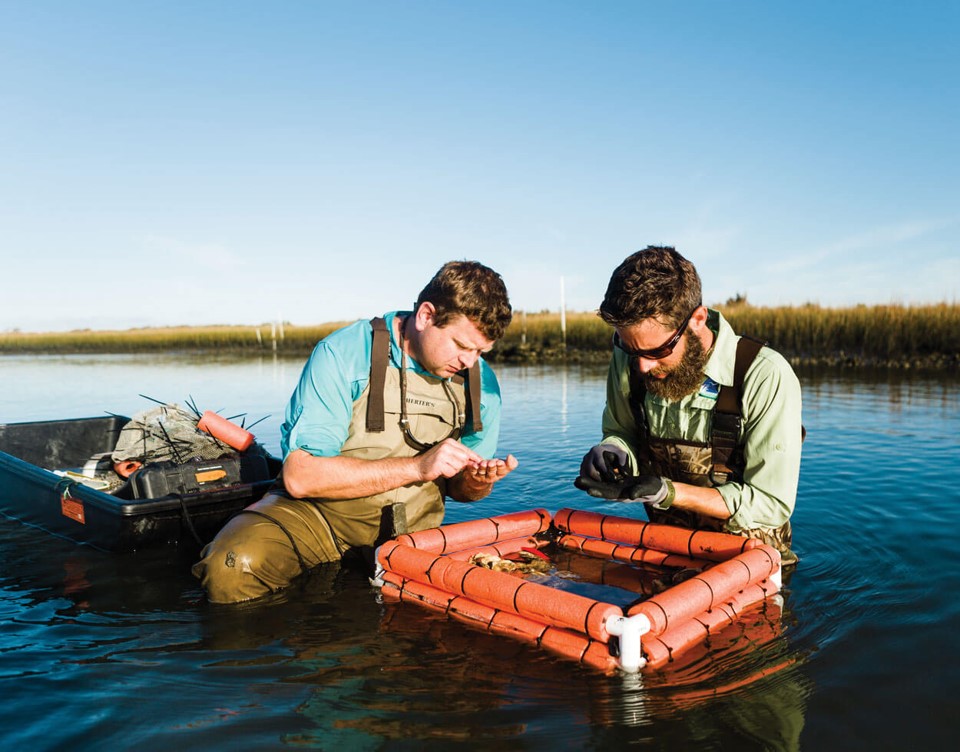|
Congratulations to Chris on leading the efforts of a fantastic collaboration between the Blakeslee and Gittman labs... bringing together restoration and parasites!
If you build it, they will come: Restoration positively influences free-living and parasite diversity in a restored tidal marsh C.S.Moore, R.K.Gittman, B.J.Puckett, E.H.Wellman, A.M.H.Blakeslee https://doi.org/10.1016/j.fooweb.2020.e00167 Abstract Ecological monitoring studies have shown that surrogate species can provide good predictive power for the community diversity of other taxa. In our study, we sampled for resident and transient fauna in several newly created oyster reefs. We also sampled for common multi-host parasites in these organisms, as parasite abundance can act as a surrogate for trophic complexity in structured habitat. The restoration consisted of three treatments: control plots (no restoration), stacked bags of oyster shell, and reefs constructed from a novel design made of concrete and burlap. We also included three previously restored loose-shell reefs for comparison. Over 16 months, we quantified parasite diversity in mudsnails, crustaceans, and benthic fishes, as well as crustacean and fish free-living diversity. Taxa richness increased post-restoration for most free-living and parasite groups, regardless of restoration design, and communities shifted toward reef-resident species assemblages. Shell bags showed the greatest positive change in richness one-year post-restoration—at 2× that of control plots on average. The relative abundance of trematodes also increased with time, particularly those using fish as final hosts, and nematodes, cestodes, and entoniscid isopods were also more abundant post-restoration. Habitat complexity and abiotic factors (e.g., temperature and dissolved oxygen) were also positively correlated with shifts in host and parasite diversity. Our study demonstrates that free-living and parasite responses to restoration can occur rapidly and are sensitive to restoration design and site-specific environmental characteristics. Parasites are thus a promising tool for quantifying biodiversity and ecosystem health, particularly in systems subject to frequent monitoring. Comments are closed.
|
|
